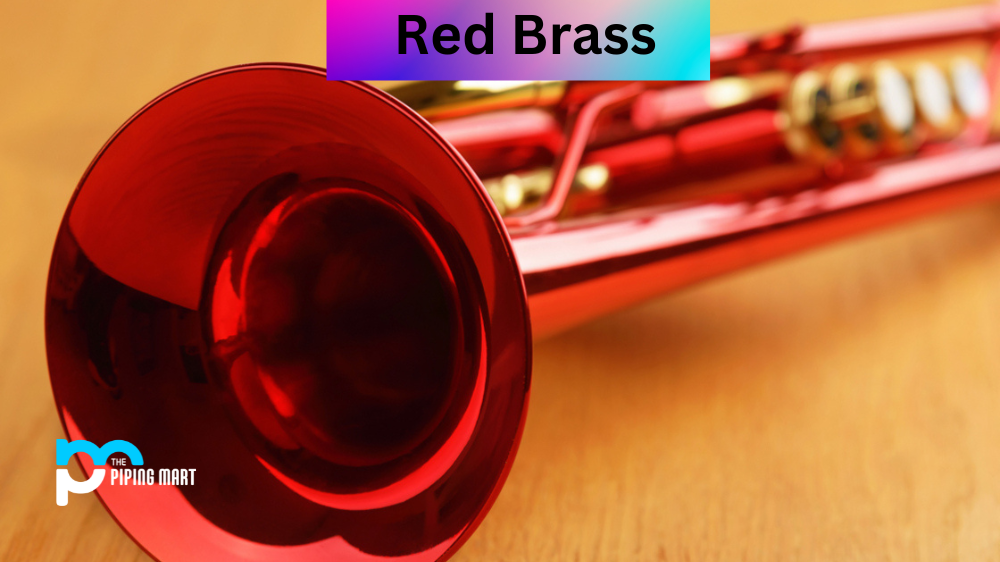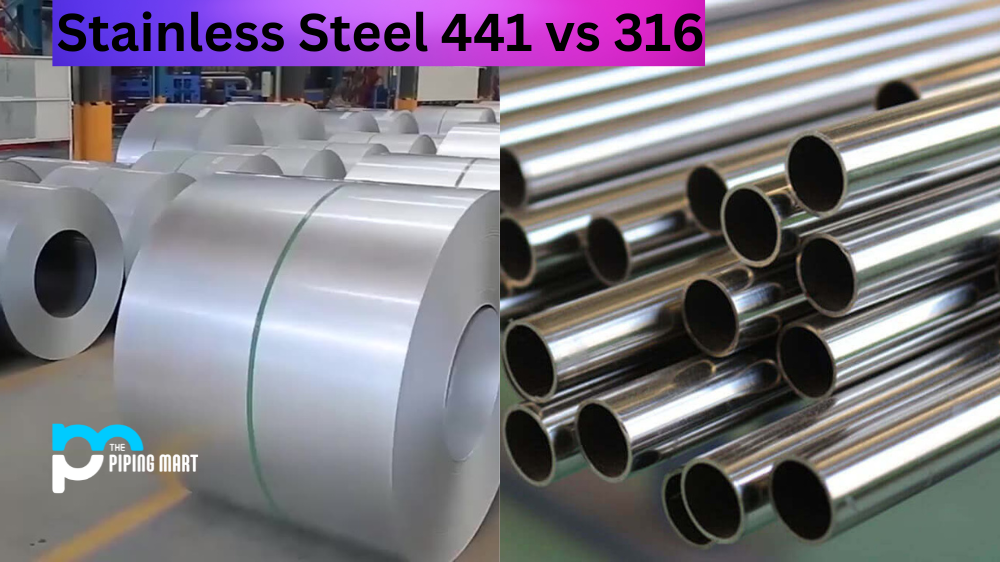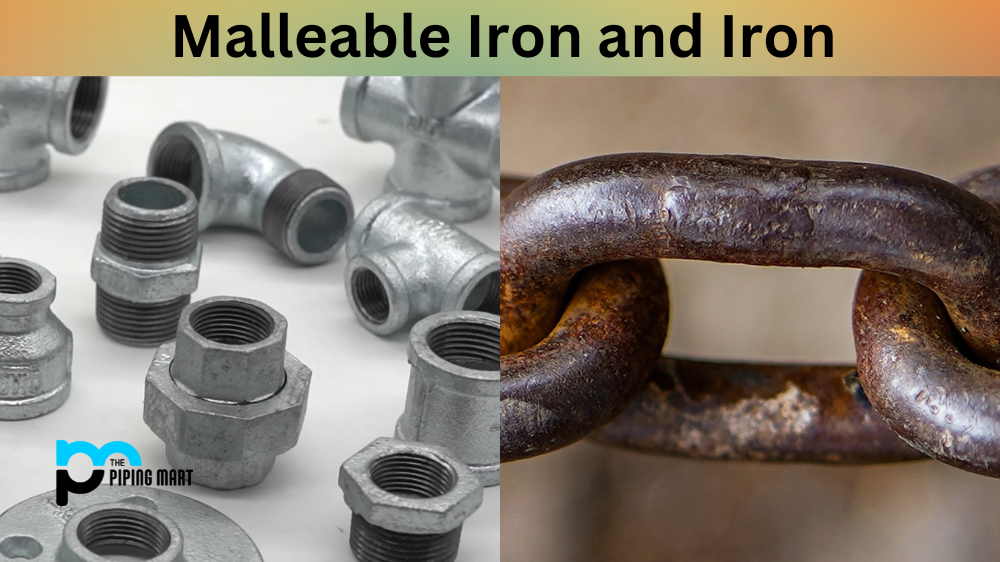Aerospace engineering is an incredibly complex field of study. It requires a deep understanding of materials, dynamics, and propulsion systems. When constructing aircraft and spacecraft, engineers must consider the weight, strength, and cost of the materials they use to create components such as fuselages, wings, and turbines. While metals are often used in aerospace engineering because they are strong and lightweight, other cost-effective alternatives can provide similar performance characteristics.
Composite Materials
Composite materials have become increasingly popular among aerospace engineers due to their ability to reduce weight while increasing strength. Composite materials are composed of two or more elements that are combined to form one material with unique properties. Common composites in aerospace engineering include fiberglass-reinforced plastic (FRP) and carbon fiber-reinforced polymer (CFRP). FRPs can be found in aircraft engine housings and wind turbine blades, while CFRPs are commonly used for the construction of air frames due to their superior strength-to-weight ratio.
Ceramics
Ceramics have been used in aerospace engineering since the early days of flight. The Germans first developed ceramic tiles during World War II as a way to make airplanes resistant to heat generated from air friction during high-speed flights. In modern times, ceramics have found new applications in rocket engines and hyper sonic vehicles due to their ability to withstand extreme temperatures without melting or deforming. Ceramics can also be made into shapes like turbine blades which makes them desirable for aircraft designers looking for lighter components that still perform well under extreme conditions.
Polymers
Polymers are another type of material that has become popular among aerospace engineers due to their lightweight properties and low production costs. Polymers are versatile materials that can be molded into any shape imaginable, making them attractive for designers looking for creative solutions for component design problems. Polymers have been used extensively in spacecraft construction as insulation against extreme temperatures experienced during space travel and fuel tanks due to their low flammability risk compared with other materials such as aluminum or steel tanks.
Conclusion:
Metals play an important role in aerospace engineering, but they aren’t the only option available when it comes time to construct components such as fuselages, wings, and turbines. Cost-effective alternatives such as composite materials, ceramics, and polymers offer comparable performance characteristics at reduced costs making them attractive options for anyone looking to minimize expenses without sacrificing quality or safety standards within their projects. Ultimately it will depend on the specific needs of each application but understanding all your options is key when it comes time making decisions about what type of materials you should use for your next project!

Pipingmart is B2B portal specializes in industrial, metal and piping products. Also, share latest information and news related to products, materials and different types grades to help business dealing in this industry.




